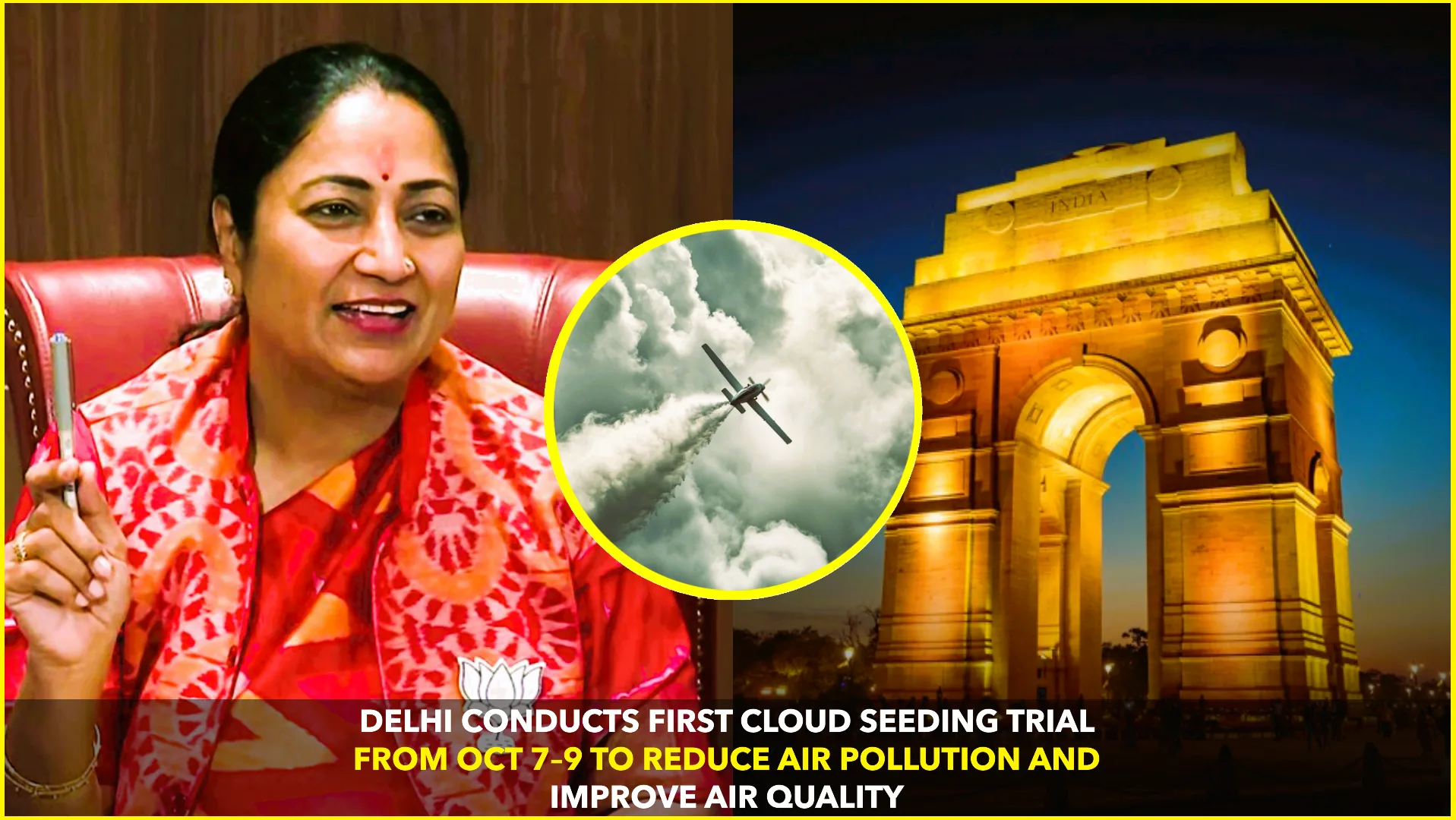Imagine a world where Nicolas Cage is suddenly delivering the Gettysburg Address, or your boss appears in a viral video spouting gibberish. That’s the unsettling, yet fascinating, realm of deepfakes. These are synthetic media – videos, images, or even audio – that have been manipulated with artificial intelligence (AI) to create an incredibly convincing illusion.
Under the hood, deepfakes leverage the power of machine learning, a branch of AI that allows computers to learn from data without explicit programming. One type of algorithm meticulously analyzes mountains of photos or videos of a target person, absorbing every detail of their facial expressions, mannerisms, and speech patterns. This creates a digital mold, which can then be superimposed onto another person or used to craft entirely new faces.

The applications of this technology are vast. On the positive side, deepfakes can be a goldmine for entertainment. We could see historical figures come alive in documentaries, or witness mind-blowing special effects in movies. Imagine a young Robert Downey Jr. seamlessly replacing an aged version in an Iron Man sequel – the possibilities seem endless.
However, the potential for misuse is a cause for serious concern. Malicious actors can exploit deepfakes to spread misinformation, damage reputations, or even influence elections. A fabricated video of a politician making an inflammatory statement could wreak havoc in the public sphere.
The ethical considerations are complex. Deepfakes raise questions about privacy, identity, and the very nature of truth in the digital age.
The fight against deepfakes is being waged on multiple fronts. Tech companies are developing algorithms to detect manipulated media, analyzing factors like inconsistencies in lighting, skin texture, and even blinking patterns. Experts are also advocating for stricter regulations and improved digital literacy to equip the public with the tools to discern the real from the unreal.

Deepfakes are here to stay, and their sophistication will only increase. As we navigate this uncharted territory, it’s crucial to develop a healthy dose of skepticism towards online content. Remember, just because you see it, doesn’t mean it’s real. Always question, investigate, and be an informed citizen of the digital world.
Here are some frequently asked questions about deepfakes:
Q. What are deepfakes?
Deepfakes are synthetic media – videos, images, or audio – that have been manipulated using artificial intelligence (AI) to create a realistic illusion. They can make it appear as if someone said or did something they never did.
Q. How are deepfakes made?
Deepfakes use machine learning algorithms to analyze a large amount of data, like photos or videos, of a target person. This allows the AI to learn their facial expressions, mannerisms, and even speech patterns. This information is then used to create a digital model that can be superimposed onto another person or used to generate completely new faces.
Q. What are the positive uses of deepfakes?
Deepfakes have the potential for many positive applications, such as:
- Entertainment: Deepfakes could be used to create special effects in movies, bring historical figures to life in documentaries, or even personalize video games.
- Education: Deepfakes could be used to create more engaging and interactive learning experiences.
Q. What are the dangers of deepfakes?
Deepfakes can be misused for a variety of malicious purposes, including:
- Spreading misinformation: Deepfakes can be used to create fake news videos that could damage reputations or influence elections.
- Cyberbullying and harassment: Deepfakes can be used to create embarrassing or compromising videos of people.
- Financial fraud: Deepfakes could be used to impersonate someone in order to steal money or gain access to confidential information.
Q. How can I spot a deepfake?
It can be difficult to spot a deepfake, but there are some things you can look for, such as:
- Inconsistencies in lighting, skin texture, or blinking patterns.
- Speech patterns that don’t match the person’s usual way of speaking.
- Unusual body movements or gestures.
Q. What is being done to combat deepfakes?
Tech companies are developing algorithms to detect deepfakes, and experts are advocating for stricter regulations and improved digital literacy education.
Q. Is there anything I can do to protect myself from deepfakes?
Here are some tips for protecting yourself from deepfakes:
- Be skeptical of anything you see online, especially if it seems too good (or bad) to be true.
- Check the source of the information before sharing it.
- Look for clues that the video or image might be fake, such as the ones mentioned above.
- Be mindful of what you share online, especially photos and videos of yourself.
#epicinfinite #epicarticle #epicblog
How can we use deepfakes for good while mitigating the risks?










